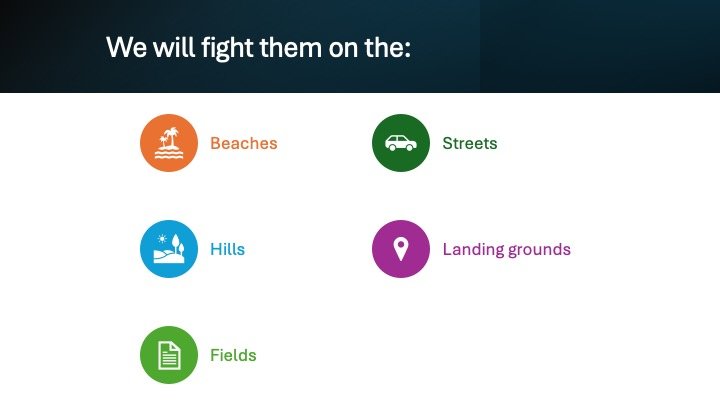Rearranging slide decks on the Titanic
Photo by Erik Mclean on Unsplash
PowerPoint’s inventors imagined a simple aid to verbal communication, yet now it has mutated into its own genre and embedded itself in the DNA of corporate and government communications. Is PowerPoint doomed to an eternity in the icy depths of workplace ennui?
As demands on time increase, we have come to rely on slide decks to do the listening and comprehending for us, like a university student relying on CliffNotes to summarise the set texts for them.
In her review of How PowerPoint Makes You Stupid by Franck Frommer, Stacey Pavlick notes that in many organisations, PowerPoint has become ‘agenda, meeting and minutes all in one’. Its ubiquity and transferability for multiple purposes squashes its potential to do any single thing well.
This is backed up by a Harvard study that found PowerPoint less effective at successful information transfer and positive brand representation than public speaking without visual aids.
How could a clear, recognisable ‘voice’ come through in a PowerPoint presentation? Slides, by their nature, depersonalise communication, creating a type of passive voice that is unemotive and often unconvincing.
A PowerPoint presentation is not a stirring speech. As this blog post hilariously conveys, even some of history’s most inspiring pitches would have fallen flat in PowerPoint. Consider the fictional slide from Winston Churchill:
Or, the more graphic:
Nor is a PowerPoint a report. Including large chunks of text from a report on slides as you speak, is asking an audience to split their attention between an overwhelm of verbal and visual stimuli.
So, what is the best way to use PowerPoint? During a presentation, consider displaying short, discrete visual aids, such as:
brief videos
single images
graphs with easily read legends
short quotes that cannot be paraphrased.
Used sparingly and wisely, PowerPoint still has a lot to offer.



